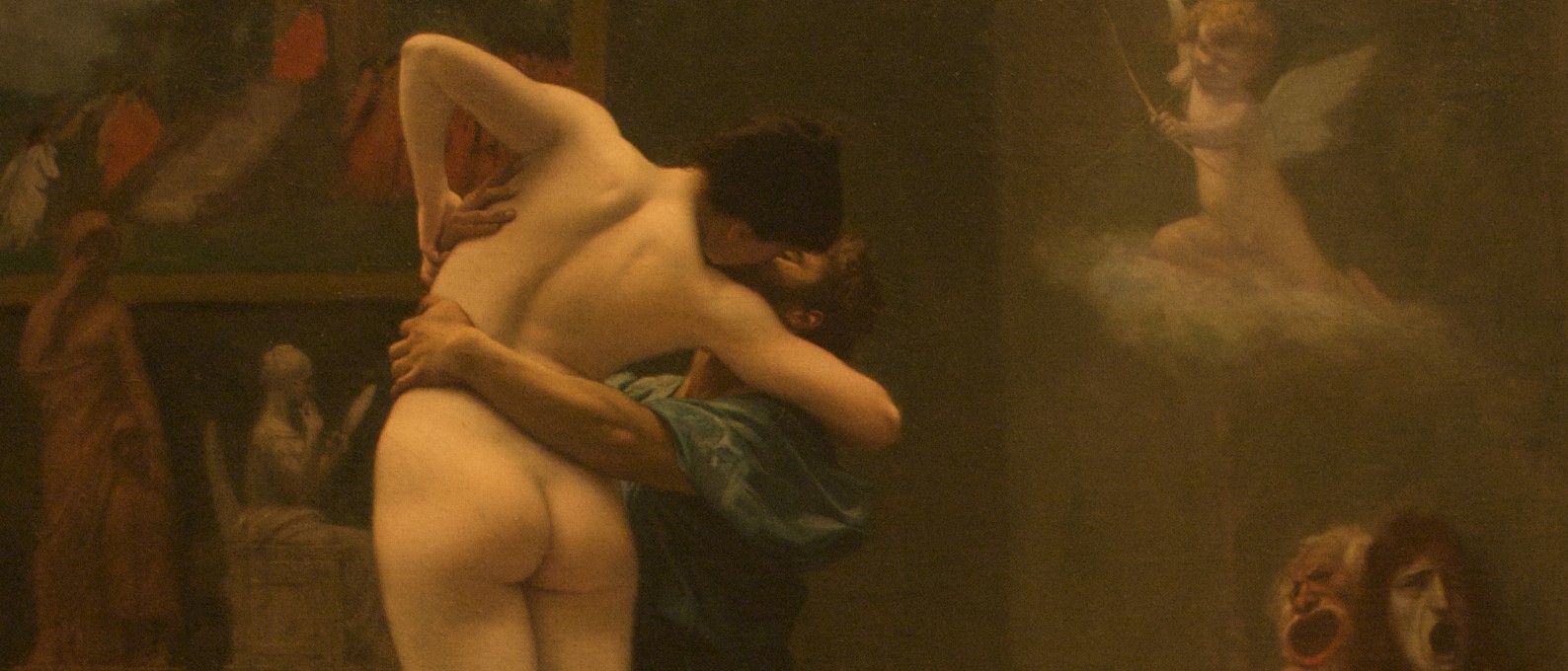This article explores the hitherto little-discussed historical emergence and contemporary impact of the Uncanny Valley and shows that it is strongly connected to intentions, aesthetics, and cultural aspects of artificial figures.
Examples from the history of art, engineering, and literature demonstrate that the Uncanny Valley is an essential human feature that affects our behavior and our decisions. Here we consider the Uncanny Valley from a new perspective, which turns it from a hypothetical, marginal issue to a relevant aspect of our culture and history with a not negligible impact on the socio-cultural development of mankind.
It is herein assumed that Mori’s hypothesis relates to human-like representations in general, not only to physical entities in the shape of robots or prosthetics, but also to visual arts and written narratives that have to be envisioned in front of the mind’s eye. By incorporating these narratives, we will see and understand why today the image of artifi cial fi gures is negatively affected, especially in western parts of the world. The first section will take a look at hints and stories from our past where artifi cial humans are specially linked to eeriness or attention. This journey begins with one of the earliest extant works of literary poetry: the Epic of Gilgamesh.
Published in Collective Agency and Cooperation in Natural and Artificial Systems, Explanation, Implementation and Simulation (Ed. Catrin Misselhorn),
Philosophical Studies Series, Volume 122 (2015), ISBN: 978-3-319-15514-2 (Print) 978-3-319-15515-9 (Online)
Single Chapter: Historical, Cultural, and Aesthetic Aspects of the Uncanny Valley
Title Image: Pygmalion and Galatea / Wikipedia.org / by dmadeo (licensed by CC-SA 2.5)
